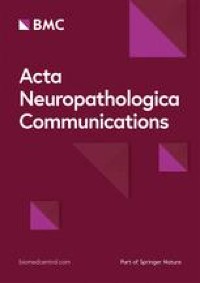Abstract
Vascular dysregulation and cholinergic basal forebrain degeneration are both early pathological events in the development of Alzheimer's disease (AD). Acetylcholine contributes to localised arterial dilatation and increased cerebral blood flow (CBF) during neurovascular coupling via activation of endothelial nitric oxide synthase (eNOS). Decreased vascular reactivity is suggested to contribute to impaired clearance of β-amyloid (Aβ) along intramural periarterial drainage (IPAD) pathways of the brain, leading to the development of cerebral amyloid angiopathy (CAA). However, the possible relationship between loss of cholinergic innervation, impaired vasoreactivity and reduced clearance of Aβ from the brain has not been previously investigated. In the present study, intracerebroventricular administration of mu-saporin resulted in significant death of cholinergic neurons and fibres in the medial septum, cortex and hippocampus of C57BL/6 mice. Arterial spin lab elling MRI revealed a loss of CBF response to stimulation of eNOS by the Rho-kinase inhibitor fasudil hydrochloride in the cortex of denervated mice. By contrast, the hippocampus remained responsive to drug treatment, in association with altered eNOS expression. Fasudil hydrochloride significantly increased IPAD in the hippocampus of both control and saporin-treated mice, while increased clearance from the cortex was only observed in control animals. Administration of mu-saporin in the TetOAPPSweInd mouse model of AD was associated with a significant and selective increase in Aβ40-positive CAA. These findings support the importance of the interrelationship between cholinergic innervation and vascular function in the aetiology and/or progression of CAA and suggest that combined eNOS/cholinergic therapies may improve the efficiency of Aβ removal from the brain and reduce its deposition as CAA.



Δεν υπάρχουν σχόλια:
Δημοσίευση σχολίου
Σημείωση: Μόνο ένα μέλος αυτού του ιστολογίου μπορεί να αναρτήσει σχόλιο.